
10月20-28日,为期9天的荷兰设计周(DDW)在“科技城”埃因霍温市举行。荷兰设计周是北欧地区最大的设计类活动,每年参展的设计师超过2600名,参观者超过33.5万人。整个活动分散在城区的120个地方分别进行,包括了499个各类展览、演讲、颁奖典礼、交流会、辩论以及各类庆典等。
第17届荷兰设计周的主题是“如果不是我们,那是谁?”设计周从始至终都围绕着关于未来的话题,将全世界设计师们对于未来的思考,通过其作品展现在世人眼前,以此达到让全世界都来探索与讨论世界未来发展的目的。按照不同的参观路线,展览共分为创客与手工艺、建筑与公共空间、生物设计、数码、社会设计、新材料、未来生活、艺术与收藏等版块。
荷兰设计周在短短几年间积累了极高的知名度和影响力。荷兰设计周从其他设计活动中脱颖而出,因为它专注于未来的设计,强调实验、创新、跨界。它所树立和传播的“荷兰设计”并不是一个地区的设计师族群的标签,而是一种态度和精神,反映着荷兰文化和荷兰人的性格。
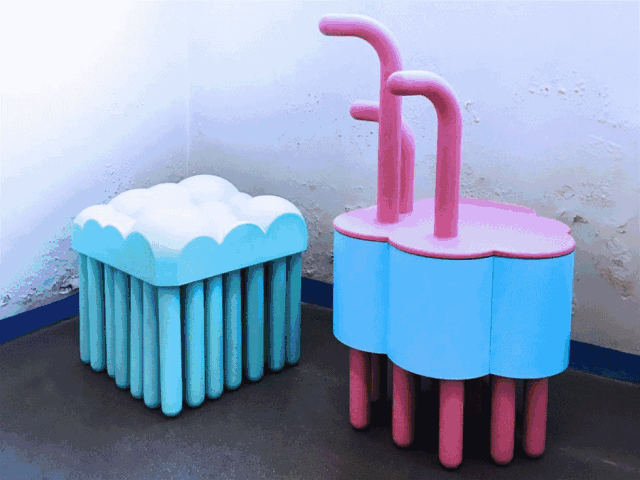
From Oct. 20th to Oct. 28th, courtesy of 2,600 (inter)national designers, Dutch Design Week (DDW) can be seen as the lab of the future showcasing vision in conceptual and technological innovation as well as in the renewal of crafts and systems. It was spread over 120 locations where 355000 professionals, industry representatives, governments, visitors and journalists enjoyed 499 exhibitions, lectures, tours and labs.
The 17th edition of DDW was all about the theme 'If not us, then who?', a tribute to designers. They think up solutions, create innovations, are pioneers, make things tangible and functional. It is up to us all to embrace and stimulate these creative solutions. Together we decide what the world will look like in the future. According to different routes, the exhibition is divided into makers and craft, architecture and public space, bio design, digital, social design, new materials, future living, art and collectables.
The Dutch Design Week has accumulated a high reputation and influence in just a few years. Dutch Design Week stands out from other design activities as it focuses on future design, emphasizing experimentation, innovation, and cross-border. The “Dutch design” it establishes and spreads is not a label of the designer community of a region, but an attitude and spirit that reflects the Dutch culture and the character of the Dutch.

世界首座3D打印钢桥
MX3D Bridge
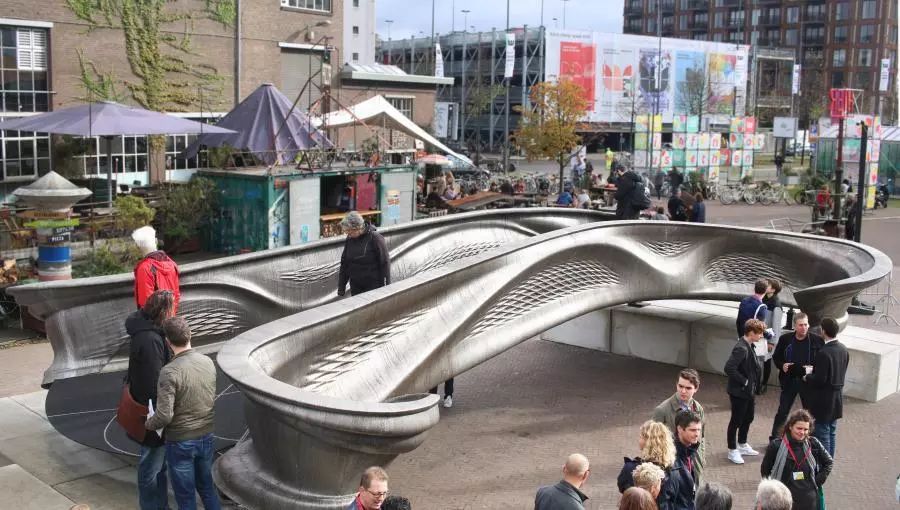
世界首座3D打印钢桥MX3D Bridge在荷兰设计周展出,并获得2018荷兰设计公共奖。评委会认为,MX3D Bridge“消除了人们对数字制造的紧张期待,为3D打印建筑和金属行业打开了大型公共应用的大门,其所带来的形式和材料自由暗示了几乎无法想象的场景。”
这是由荷兰机器人公司MX3D完成的世界上首座通过3D打印技术形成的钢桥,设计师Joris Laarman与机器人制造技术初创公司合作,设计了这座跨度12米长的人行天桥。这座桥的设计构想最初于2015年提出,整个结构由机器人运用钢作为材料打印构成。它的结构部分在今年早些时候完成,现在它的桥面已经建成,标志着施工过程的最后阶段。 该钢桥将于明年安装在阿姆斯特丹市中心的一条运河上。
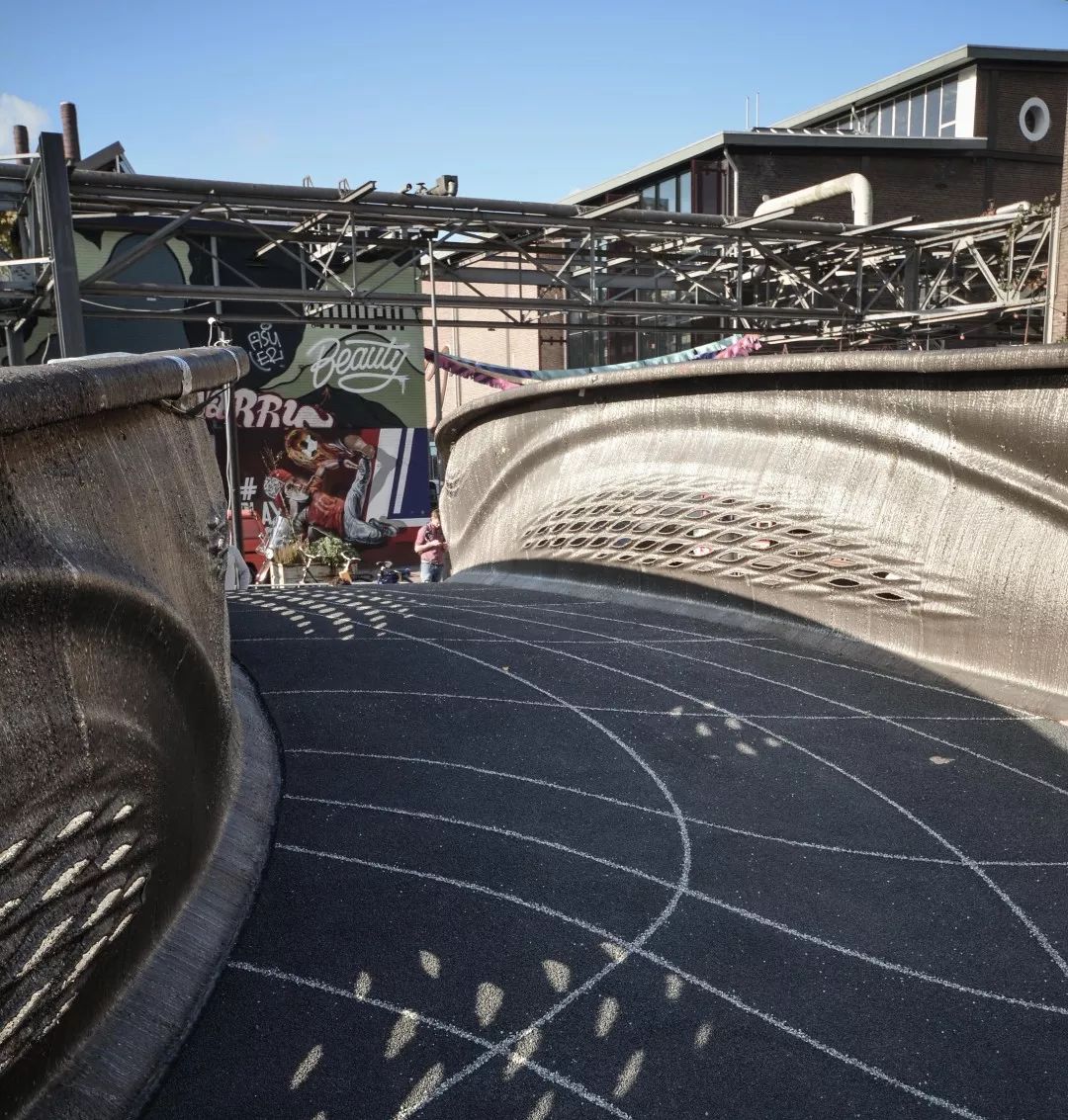
The project MX3D Bridge by Joris Laarman Lab x MX3D has won this year’s Public Award at the Dutch Design Awards. With a narrow majority of the votes, the visitors of Dutch Design Week chose this project which signifies a breakthrough in the building sector.
The world’s first steel bridge, 3D printed by robots, will soon span a canal in the centre of Amsterdam. This fascinating, ground-breaking project is an initiative of the Dutch start-up MX3D. The unique design is the brainchild of designer Joris Laarman. The development came about with partners including Arup, Autodesk, Heijmans, ArcelorMittal and Imperial College London. The bridge will be placed over the canal of the Oudezijds Achterburgwal (Wallen). The project marks a breakthrough for the innovative possibilities of (large-scale) 3D printing: the introduction of this technique to a public use object increases the social awareness and integration of this technology. The project symbolises the speed with which this new technology and possible applications are developing.

“机器人之爱”
Robot Love

“机器人之爱”是一个交互式的展览,超过50位设计师、艺术家和科学家展品会将观展人带入两个思想命题:机器人是否具有爱的能力,你是否爱他们。走过Campina牛奶工厂的场地,你会发现自己的真实感受,并思考影响技术和科学对社会的影响。展品包括机器人、人工智能(AI)、装置、短片,还有工作坊、儿童工作坊、专题讨论会、讲座、会议、演出和问答。
几个世纪以来,人体的功能通过技术工具得到加强和延伸。从轮椅、手杖、假肢和心脏起搏器到老花镜、电话、自拍工具和智能手表。这些工具曾经是前卫的,如今已深深融入我们当前的社会。在某种程度上,我们都是机器人。我们都越来越依赖于周围的技术。什么构成“正常”的身体?谁决定了这个所谓的标准?我们能否打破人与动物,机体与机器,规范与例外,物质与非物质之间的界限,为更具包容性的社会而努力?通过各种历史和当代机器人的例子,展览深入探究了这些问题。
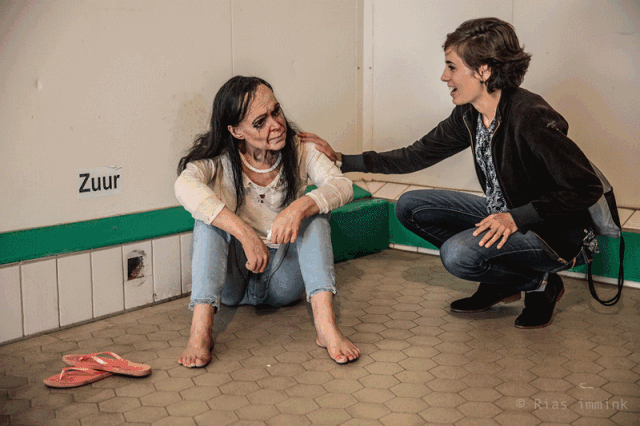
ROBOT LOVE is an interactive exhibition about the love between humans and robots. In ROBOT LOVE, more than 50 artists, designers and scientists ask you whether robots are capable of love. And whether you could love them. Walk through the Campina Milk Factory and discover what you really feel and think about the influence technique and science have on our society. With among others robots, artificial intelligence (AI), installations, short films, workshops, children’s workshops, symposia, lectures, meetings, shows and Q&A.
For centuries, the human body has been supported, extended and elongated by means of technological tools. From wheelchairs, walking sticks, prosthetics and pacemakers to reading glasses, telephones, selfiesticks and smartwatches. Once avant-garde, yet today these tools are deeply integrated within our current society. In a way, we are all cyborgs. We are all becoming more and more dependent upon the technologies around us. What constitutes a ‘normal’ body? Who determines this so-called standard? Can we break the boundaries between man and animal, organism and machine, the norm and the exception, and the physical and non-physical to work towards a more inclusive society? By means of various historical and contemporary cyborg examples, the Cyborg Catwalk delves into these and other questions.

埃因霍温设计学院毕业展
G18, Graduation Show 2018
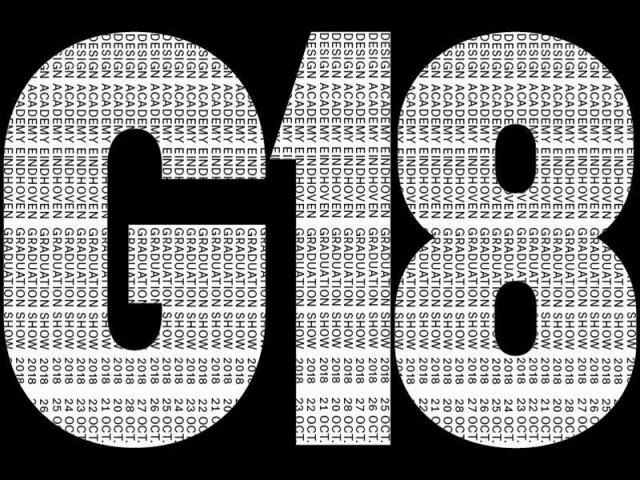
今年是埃因霍温设计学院(DAE)首次在院外举办毕业设计展(G18),搬迁至历史悠久的Campina牛奶工厂,展示了185名毕业生的208个项目。该学院曾被《设计时报》称为“世界上最好的设计学校”,学院鼓励“概念设计”,产出不一定是具体产品,甚至可以设计“设计”本身——无论是一个系统、一件物品,还是一个问题。
每年荷兰这个设计学院的展览,都是设计周的重头戏。今年的设计展,也有超多“荷氏脑洞”的展品,比如,一位叫Arjan Matteo Das的学生设计出的紫色家具挂件,会根据屋里的自然光线,自己呈现出日全食的效果。MERLE BERGERS从眼泪里提取矿物质,在高温陶瓷炉里把它们变成宝石,再做成首饰。把眼泪这个动人的瞬间变成永恒的纪念,又高级又唯美。JIM BRADY设计的屏幕交互装置,你只需在屏幕前站立,它就会扫描解析身体数据,打造出你个人的动态雕塑艺术品。还有,浮动的“飞毯”、开采黄金的废弃物做成的玻璃器皿、吹肥皂泡的机器等等。
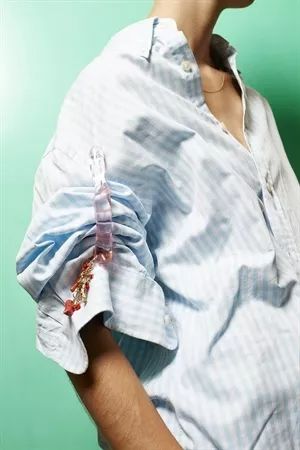
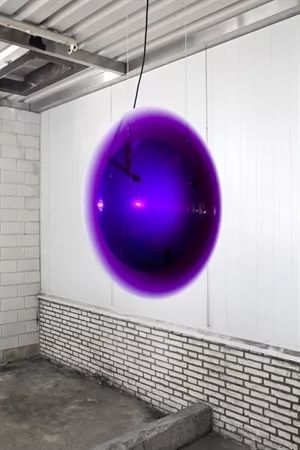
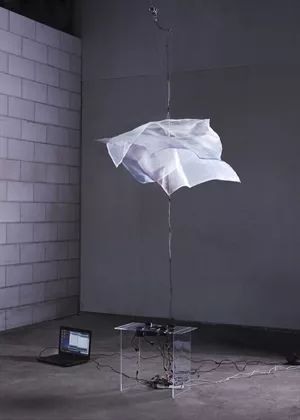
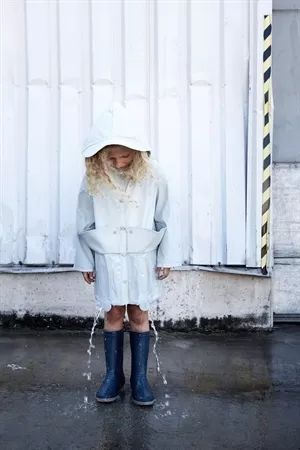
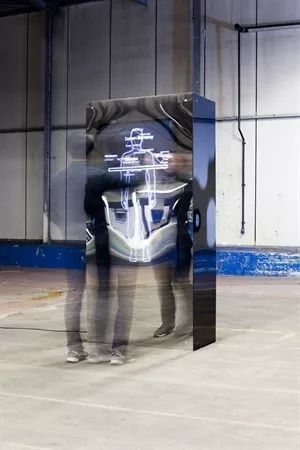
左右滑动查看下一张
The Graduation Show 2018 will be the first edition in almost two decades to take place outside the walls of Design Academy Eindhoven (DAE). This move to a venue on the site of the historic Campina Milk Factory reflects a major shift in the public’s perception of design and the role of DAE. ‘The relevance of design today’ says creative director Joseph Grima, ’has vested us with a position in which we, as a profession, have unparalleled influence over our collective future. Now it is down to us, as an institution, to extend the horizon of design education in response, questioning and revisiting how we present our work and generate discourse and debate.’ G18 presents no less than 208 projects by 185 graduates, emerging the visitor in this inquisitive environment where design is constantly being redesigned.

“什么是材料?”
WHAT MATTER_S
今年早些时候,瑞典南部Skåne地区的10个设计工作室与10位研究材料最前沿的科学家共同合作,花6个月探索新材料,然后告诉我们它能做些什么。10月20日,荷兰设计周展示了这些独特的合作成果。
比如,Array是一个将纳米线的特性和几何形状可视化的项目。纳米线主要应用于太阳能电池和其他电子设备中,它可以被实验室培育成独特的森林状结构,使其能够吸收大量的能量,使其成为一种高效、低成本的可再生能源收集材料。工业设计师Petra Lilja利用生物科学家Ramune Kuktaite的知识,开发了由小麦衍生的面筋制成的生物塑料配方。In Vitro Printer是一个3D 打印机,受体内的骨愈合的启发和影响, 它在体外重新创建这个过程,从天然发生的胶原材料和钙基矿物羟基磷灰石建立骨状结构, 其变体可以构建人体骨骼的大部分。
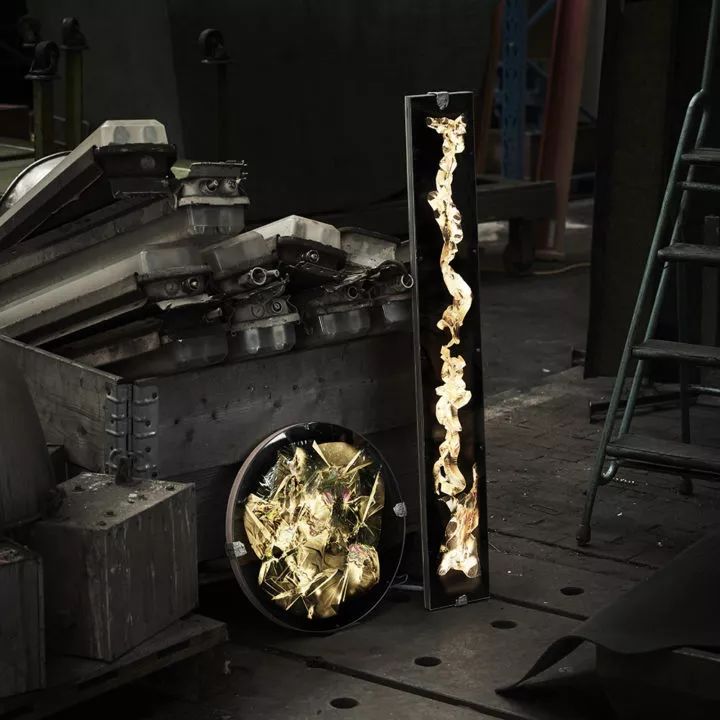
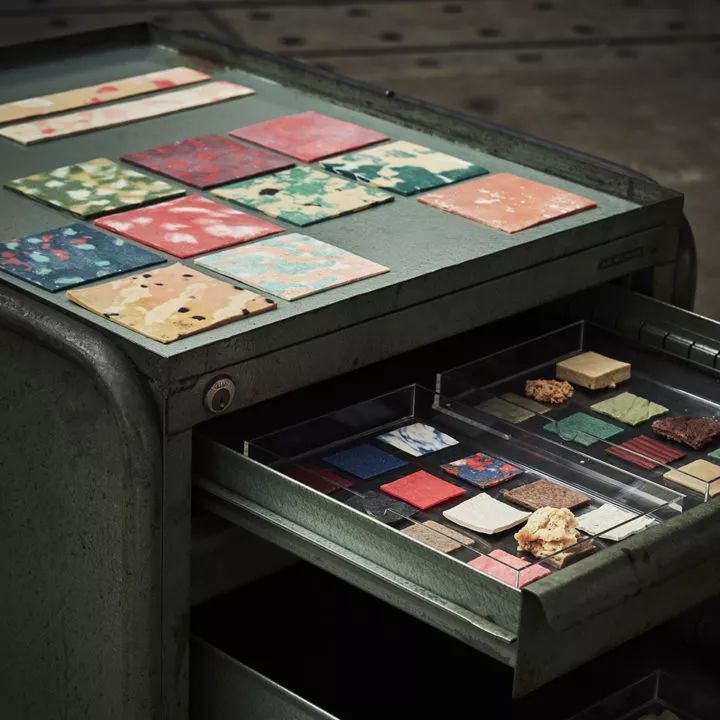
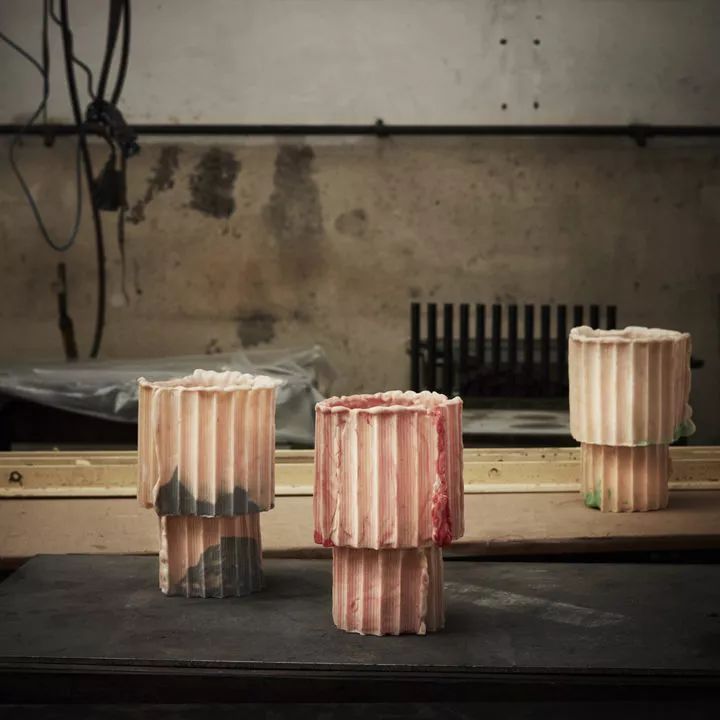
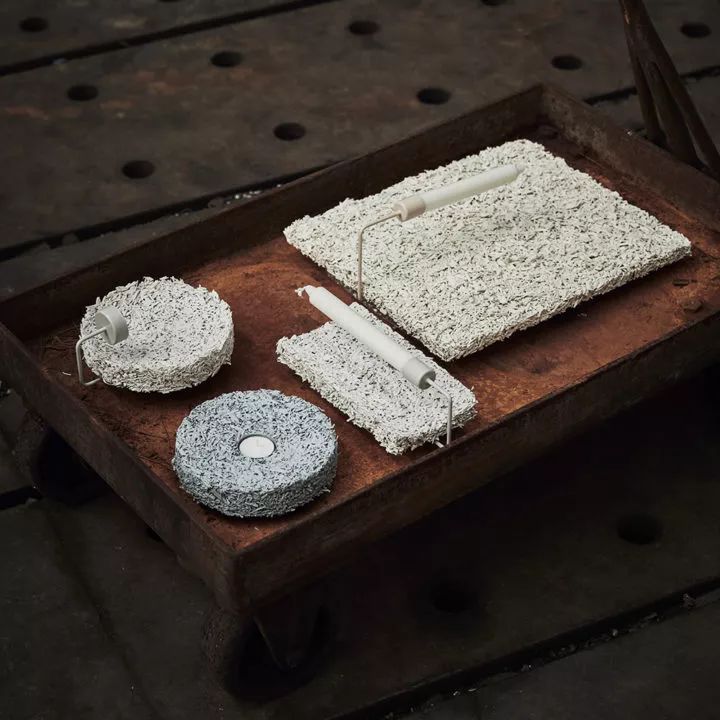
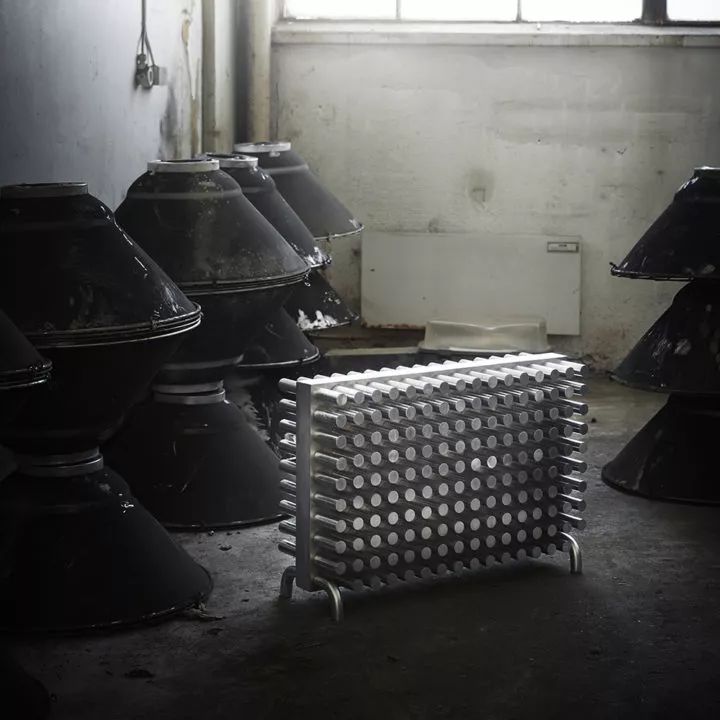
左右滑动查看下一张
Earlier this year, 10 design studios in the Skåne region of southern Sweden were paired with 10 scientists at the cutting edge of materials research. Their brief was simple: spend six months exploring a new material, and then show us what it can do. On 20 October, at Dutch Design Week Eindhoven, the results of these unique collaborations will be revealed.
Each of the 10 designer/researcher pairs has been exploring a particular material for six months, with the researchers bringing their wide-reaching understanding of its chemistry, behaviours and properties, and the designers introducing curiosity, a fresh creative perspective and an eye for product opportunities into the mix. The materials range from the natural and ancient (such as chitin, hemp and spider silk) to the synthetic and hypermodern, (including bioplastics, nanowires and graphene), and even to the abstract and theoretical realm of algorithms.

新闻室
The New Newsroom
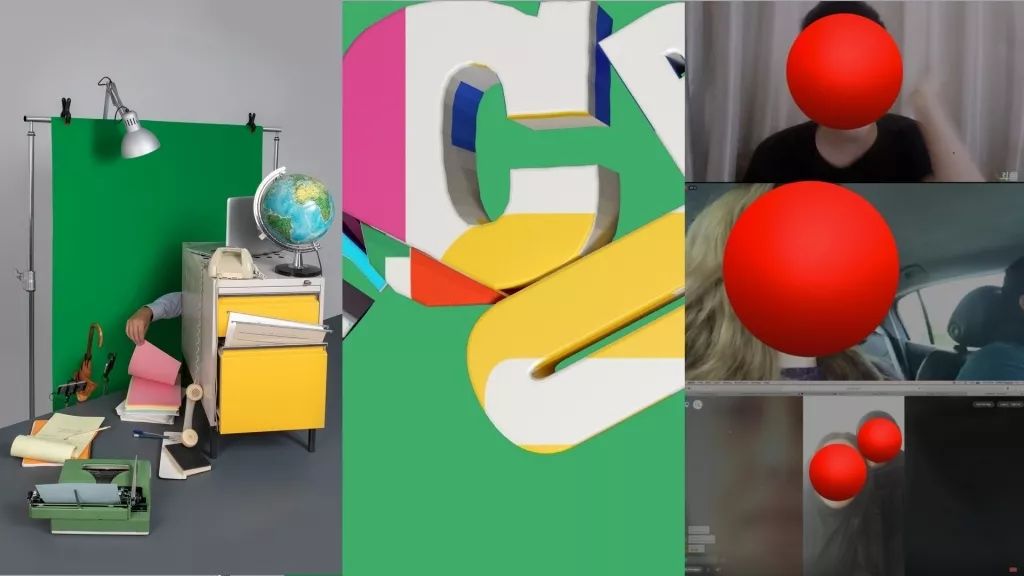
资讯爆炸时代人们接收讯息的方式是多样而灵活的,这间新闻资讯室通过运用大数据、AI、AR/VR为我们展示了一种全新的吸收信息的可能性。这个展厅里的展品,都是对于未来新闻采集、播报以及传播的畅想。
新闻应用、视频、播客、推特、VR……淹没在媒体中,我们有许多方式来生成和分享故事,实际上触手可及。那么我们如何利用数字技术、大数据、人工智能和社交媒体的力量来创造令人兴奋的,有意义的内容呢?为了找到答案,请进入The New Newsroom,记者、技术专家、艺术家和设计师在这里展示他们的新发现。在展览中的新闻室中体验新闻与设计之间的互动,并使自己成为头条新闻。
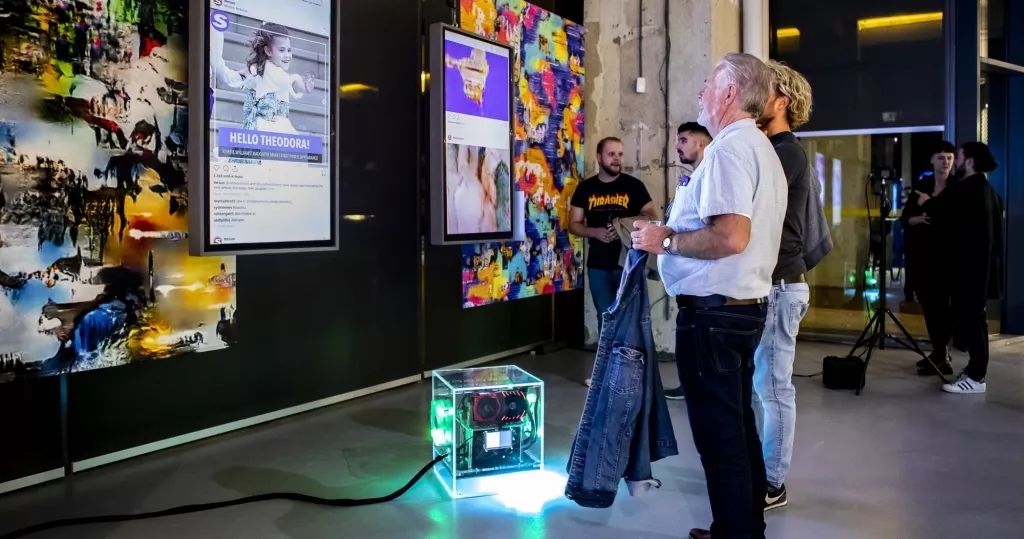
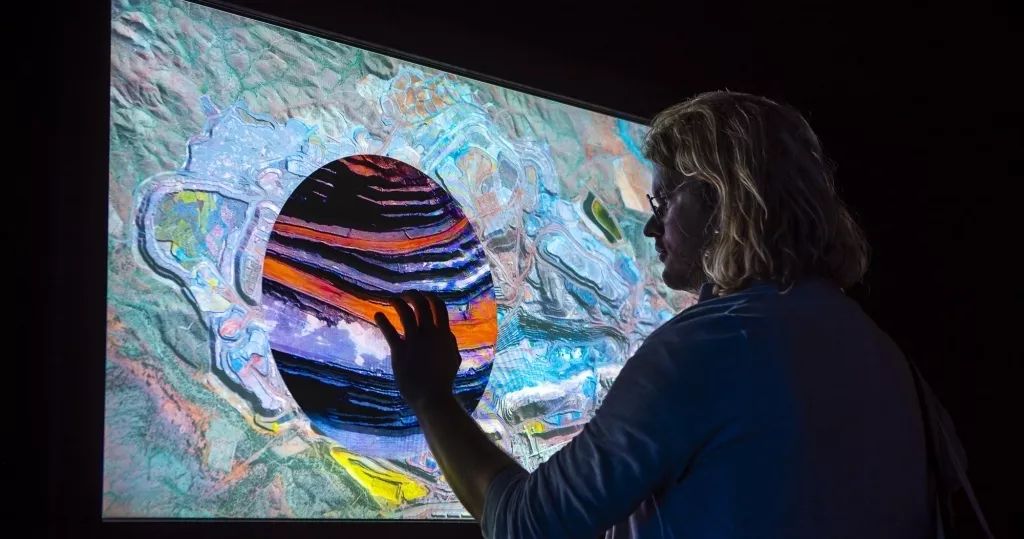
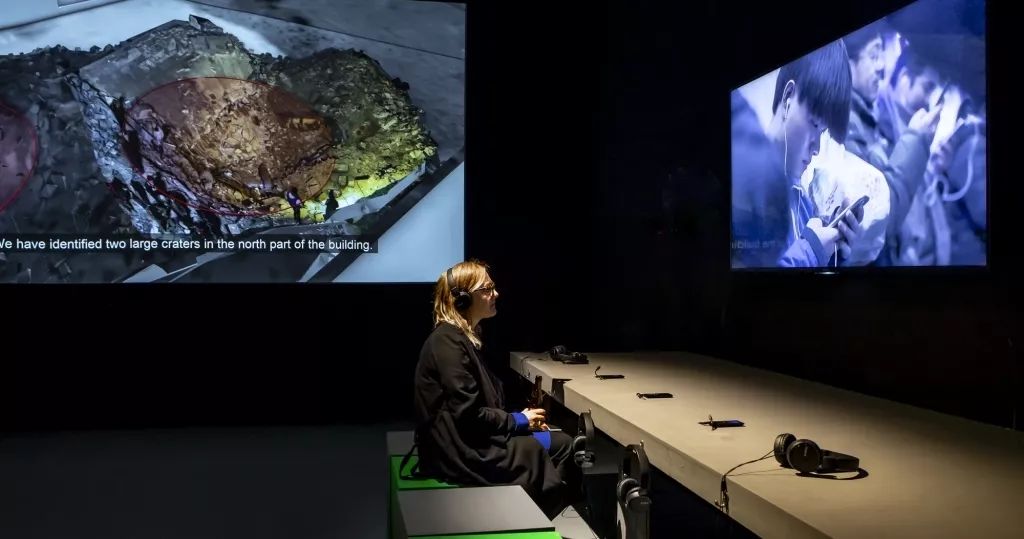
左右滑动查看下一张
News apps, videos, podcasts, Twitter feeds, VR: we’ve come a long way since the days of the town crier or the printed press. Submerged in media, we have numerous ways to generate and share stories – literally at our fingertips. So how can we use the power of digital technology, big data, artificial intelligence and social media to create exciting, meaningful content? And how do we engage with the news on a personal level?
To find out, enter The New Newsroom where journalists, technologists, artists and designers investigate innovative formats, analyse the news and present their findings in stimulating visuals and installations. Experience the thin line between journalism and design in the buzzing newsroom set up within the exhibition and make the headlines yourself. Fake, factual, frivolous, fresh, far-reaching and profound: from 12 October to 11 November, 2018, MU explores the future of news.

人类图书馆
Human Library
在人类图书馆,你不是读书,而是读人。图书馆里存放的是一些有趣的人,你不会每天都有机会跟他们说话。人们会告诉你他们的故事,在那里可以询问和讨论所有事情。人类图书馆让人们彼此接触、互相了解、消除偏见。就像在一个普通的图书馆里,通过书籍可以访问未知世界一样,人类图书馆也为游客提供了感受另一种人生的机会。这是一种非常简单的方式:通过开放的态度相互交谈。谈话是一对一的,需要20到30分钟。你可以提出任何问题,但需要尊重对方。
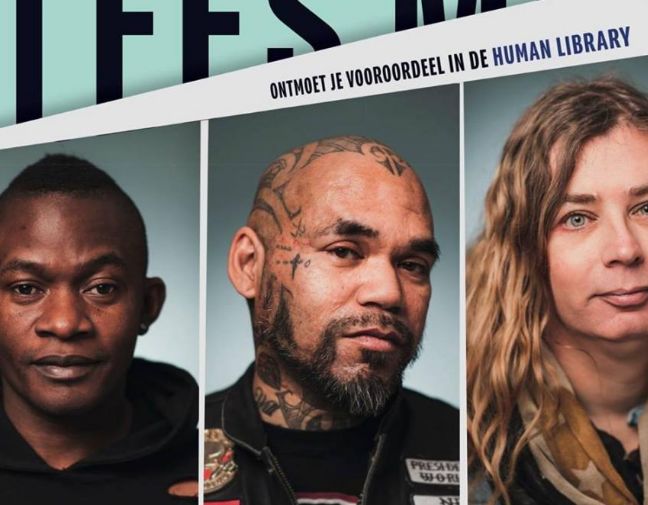
In the Human Library you do not read books, but people. Interesting people that you will not speak to every day. There are guests ready to tell you their life story in an open conversation, where everything can be asked and discussed. The Human Library is a proven concept of Danish origin, which brings people in contact with each other to investigate and counter prejudice. Just like in an ordinary library where books give access to unknown worlds, the Human Library also offers visitors the opportunity to step into the perception of another person. In a very simple way: by talking to each other open-mindedly. The calls are 1-to-1 and take 20 to 30 minutes.You can ask anything, but be respectful.You do not need to register in advance.
